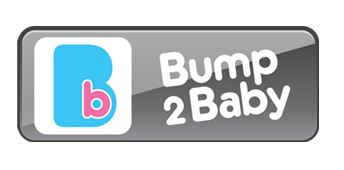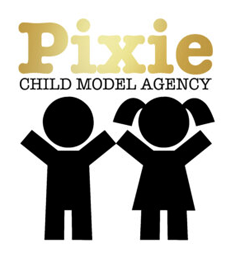March 2016
Do Dogs Really Smile?
As any dog lover will tell you, the answer to this is obviously: “Yes”! Just as proud new parents ignore knowing comments that their baby’s smile is actually because of wind . . . dog owners refuse to accept any other explanation for their canine’s grin than that he or she is indeed smiling.

But what are the real reasons behind that adorable facial expression . . and in what other ways do our canine companions express their emotions?
Those in the know will tell you that when a dog “smiles” it can actually be a sign of anxiety. In wolf packs for example, it is a sign of submission when a wolf pulls back the corners of its mouth into what we would interpret as a smile.
So sometimes the same could apply to a dog: and if you watch a group of dogs playing then there is indeed usually at least one that is less at ease and behaves more submissively than the others.
But for domesticated dogs, smiling can become a learned behaviour. Even if the toothy facial expression does originally start as a sign of submission – to you, the leader of the pack! – the dog will learn that this makes you happy and may well end up being rewarded with treats or in some other way.
So the dog will then associate smiling with reward and is likely to smile to order! So in that sense you can be sure that when your pet dog “smiles” he or she is both aiming to please you and expecting something good, both of which are pretty close to the human experience!
There are also other ways that dogs express their emotions, many of them in a more spontaneous way than the learned smile we’ve just looked at. The following actions seem to be pretty reliable indicators of a dog’s natural affection for you:
- Leaning on you;
- Enjoying being cuddled by you;
- Staring into your eyes;
- Raising its eyebrows;
- Mimicking you when you yawn;
- Being calm when you leave but excited when you return;
- Bringing you their favourite toy;
- Taking your wrist in their mouth and leading you around;
- Sleeping in your room, to be with the pack!
So if your dog does any of the above then you’re doing something right!
What about tail wagging? This is commonly thought to be a sign of happiness in a dog and indeed it can be. However, there are different types of tail wagging and a dog will use its tail to express a variety of emotions.
As a general guideline, if your dog’s tail is high then the tail wagging indicates excitement, but if it is low and between its legs this means that the dog is scared or uncertain. But tail wagging should also be interpreted in context of the dog’s general behaviour and body language. If the body is relaxed and the dog is excited – and perhaps showing some of the signs on the above list – then you have one happy pooch!
We’re sure that your dog is indeed a happy pooch and very much part of the family! Why not capture some of these precious moments by getting some pet photography done?
Explore our pet photography experiences.




